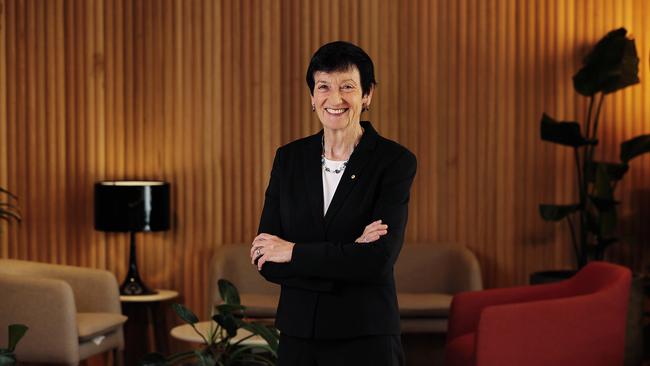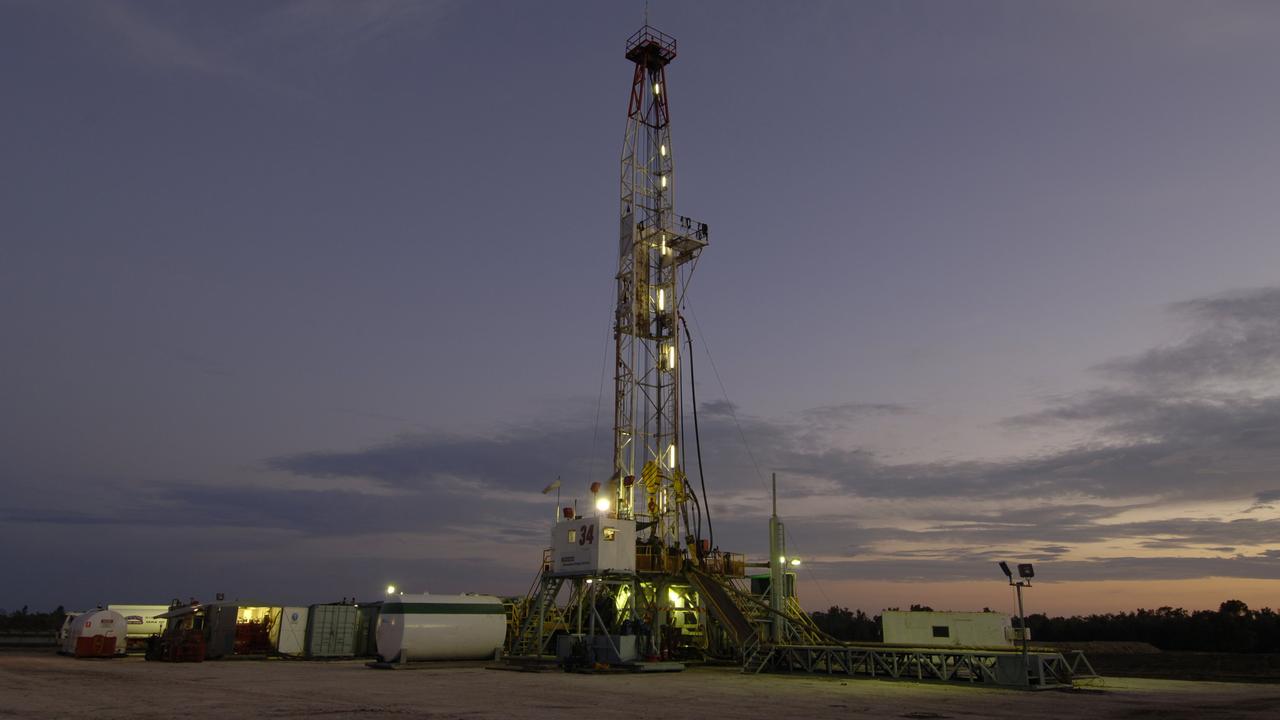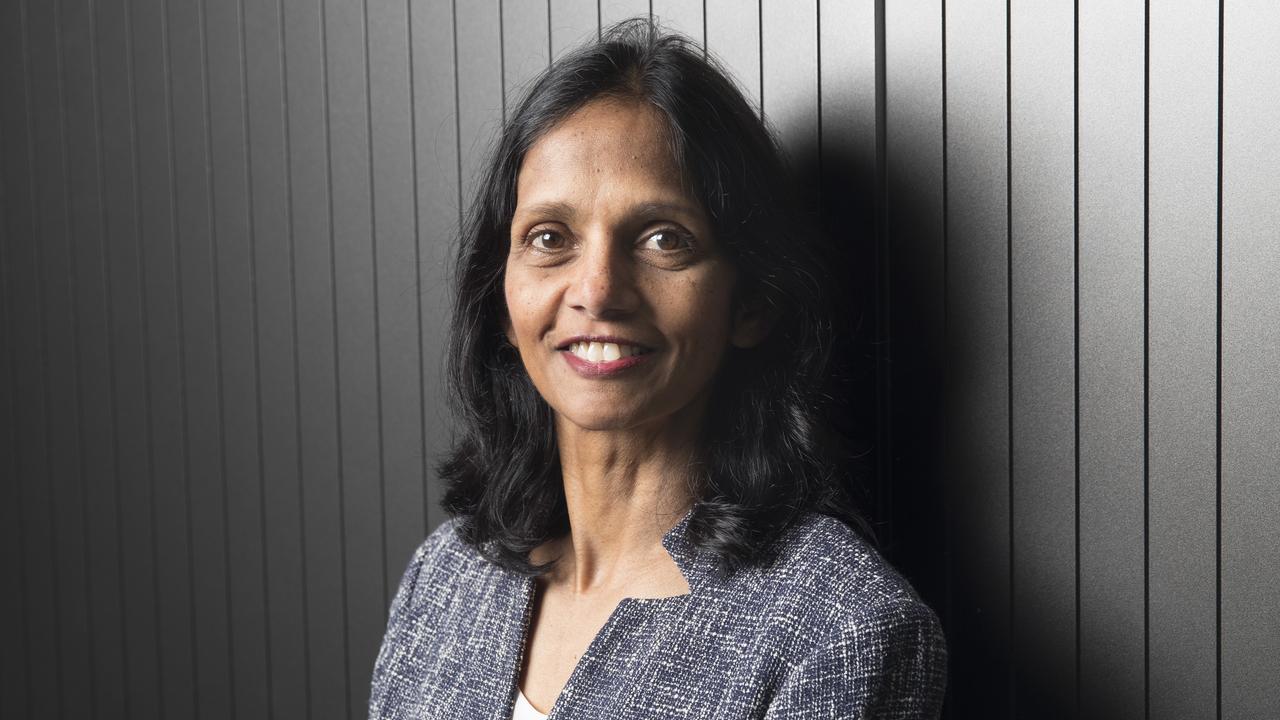How business got to ‘mission critical’ on renewable energy
How did Australian business get behind net-zero? And what role did its peak body play?

After almost 13 years at the forefront of the business community’s policies on climate change, the former chief executive of the Business Council of Australia (BCA), Jennifer Westacott, says she’s an optimist on Australia getting to net-zero by 2050. But after more than a decade dealing with the see-sawing policies of successive governments, she’s also “a realist”.
“We just have to get this done,” Westacott says. “My call for the past 12 years has been to do it in a way which is orderly and not ideological; in a way which is based on business helping design things that are going to work; which is based on the continuity of policy certainty; which allows the necessary investment to happen.”
More than anything, government must ensure it has the social licence to decarbonise at a time when rising energy prices and stop-start policies could put pressure on public opinion of the need for the transition.
“You’ve got to maintain the social licence,” she says. “There are some difficult debates to be had, but they have to be had, because the biggest risk is that you lose your social licence by poor [policy] coordination, disruption to power, spike in prices. It’s about the graduated, orderly transition which we have been calling for.”
READ THE GREEEN LIST: THE 100 TOP ENERGY PLAYERS
One of Westacott’s final projects at the BCA was a report calling for federal, state and territory governments to commit to a 10-year national net-zero roadmap based
on a whole-of-system approach to decarbonising the economy to 2050. It warned Australia needed to develop a fresh plan to hit its ambitious green targets this decade and its emission-reduction plans for 2035. The BCA said more gas plants and investment were critical to driving net-zero goals, and it criticised governments for ad hoc energy-policy interventions that were hurting investment.
Westacott warns uncoordinated policies could mean costs falling unevenly on some communities, risking their support for the process.
“The biggest risk to the economy over the long term is inaction [on climate change],” she says. “The question is making sure that we can have a rational, sensible debate about calibrating actions in a careful way to achieve our goals but to do it in a way that preserves affordability and reliability. When you start departing from a carefully calibrated model, you run the risk that social licence is taken away.”
The next decade is the “critical decade”, she argues: uncoordinated policies could see major industries lose ground, with implications for the economy.
Westacott, who is now chancellor of the Western Sydney University, a non-executive director of conglomerate Wesfarmers, and chair of Sydney’s Western Parkland City Authority, maintains her passion for action on climate change.
She attended every meeting of the BCA’s committee on climate change after becoming chief executive in 2011. In that time, she had to respond to big shifts in the policies of Coalition and Labor governments – from the Rudd government’s Carbon Pollution Reduction Scheme (CPRS); to Julia Gillard’s carbon tax, which was abolished by the Abbott government; to on-again, off-again support for the targets of the 2015 Paris Agreement; and then the policies of the Albanese government.
Westacott says Australian business recognised early that comprehensive policies were needed to combat climate change. There was almost universal agreement that something had to be done.
“The issue has always been the pace and scale of change, and whether there were the right instruments in place to do it. The mining and the resources companies saw this very early. They knew they had to face into the climate change issues. The energy transition companies and the generators knew it was coming and they had to do something about it. The question for them was, what was the right mechanism. Then you have the big energy users, particularly the manufacturers, and other parts of the economy including bankers and professional service companies who could see opportunities but could also see risk.”
Westacott says a pivotal moment for the BCA was when Michael Chaney, who was the peak body’s president from 2005 to 2007, told the annual dinner that the organisation supported an emissions trading program and a price on carbon.
“It was an important turning point,” says Westacott, and from then the issue was not around whether the BCA would support a price on carbon but what the price would be and how it would be implemented.
The BCA opposed Gillard’s carbon tax because it was pitched well above the European price of about $10 a tonne and had no trading mechanism for the first three years, but external pressure from investors shifted the thinking in business on climate change.
“Things really changed when capital markets started pricing carbon,” Westacott says. “A price on carbon was being imposed by the capital markets which started moving money. Business could see the writing on the wall. They could see their costs were going to be affected. They could see their products were going to be a risk. They could see the activist shareholder movement emerging. They could see the need to get ahead of the curve and decarbonise their supply chains.”
But while Australia’s largest companies could recognise the need to support the energy transition, the problem was the lack of a “coherent policy structure” from governments, state and federal, to bring about an orderly transition.
This meant the BCA did two years of “really solid work” developing its proposed policy on the energy transition: “We looked at it from two levels – what was the optimal macroeconomic pathway to get to net-zero and then we started to put the detail on how you get to net-zero, particularly what the 2030 target needed to look like.”
This led to the BCA issuing a major paper in 2021 setting out its proposed pathway for Australia to get to net-zero by 2050. Westacott believes that advocacy work played a key role in helping shape public thinking in Australia, with the Labor Party and then the Liberal-National coalition committing to the target. “What we did was to help government curate a policy architecture which we believe could stand the test of time and send the right signals about investment,” she says. “We want to get to net-zero, but we want to do it in an orderly way, with a target which was realistic.”
She argues the document helped shape the Albanese government’s commitment to a 43 per cent reduction target by 2030, a goal she describes as ambitious but realistic.
“Labor started to put the architecture together in a way which was similar to ours, with the Safeguard Mechanism and the offsetting mechanism. They have also done some other important things which we have been calling for including having a transition authority.”
Westacott rejects the description of the BCA being a “lobby group” on climate change. “Business has got to be a partner with government,” she says. “This is beyond lobbying; it is absolutely mission critical for everyone. This is as big a challenge as post-war reconstruction. It is about the business community working with government to get it done. Business has got to do the work, the heavy lifting. I see us as partners.”



